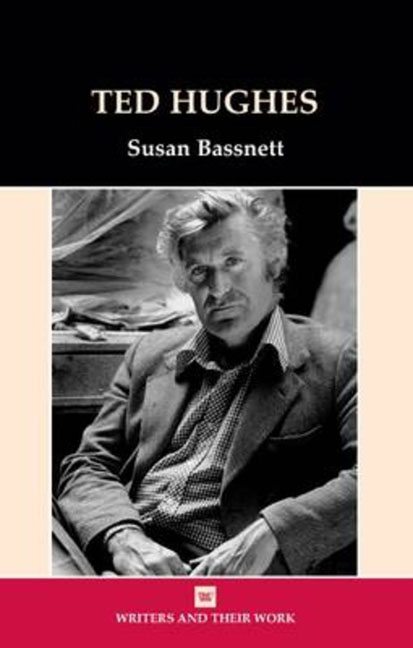Book contents
- Frontmatter
- Contents
- Acknowledgements
- Biographical Outline
- Abbreviations
- Introduction
- 1 ‘A sudden sharp hot stink of fox’: Ted Hughes and Nature
- 2 ‘Crowlookedattheworld’: The Poet as Shaman
- 3 ‘Being British is the mystery’: Hughes and his English Roots
- 4 ‘His voice felt out of the way. “I am”, he said’: Language and Mythology
- 5 With the Word burn the hearts of the people’: Ted Hughes and Translation
- Notes
- Select Bibliography
- Index
3 - ‘Being British is the mystery’: Hughes and his English Roots
- Frontmatter
- Contents
- Acknowledgements
- Biographical Outline
- Abbreviations
- Introduction
- 1 ‘A sudden sharp hot stink of fox’: Ted Hughes and Nature
- 2 ‘Crowlookedattheworld’: The Poet as Shaman
- 3 ‘Being British is the mystery’: Hughes and his English Roots
- 4 ‘His voice felt out of the way. “I am”, he said’: Language and Mythology
- 5 With the Word burn the hearts of the people’: Ted Hughes and Translation
- Notes
- Select Bibliography
- Index
Summary
In 1979 Hughes published Remains of Elmet, subtitled ‘A Pennine Sequence’ in an edition illustrated with photographs by Fay Godwin. The book is dedicated to his mother Edith and in his prefatory note, Hughes explains the impulses that lay behind its creation. He generously attributes his inspiration to Fay Godwin, suggesting that her photographs of the Yorkshire landscape moved him to write poems to accompany them, though he had in fact always been inspired by the landscapes of his childhood as can be seen even in his first collection of poems. He made three subsequent versions of the sequence of poems, the last simply entitled Elmet in 1994.
In the preface, he also traces the history of that particular Yorkshire valley, a history that goes back into ancient times. As with his philosophy of language, that connects his own Yorkshire speech with Middle English, so Hughes draws links between the contemporary and the past, stressing the individualism of the local people. The Calder Valley ‘was the last ditch of Elmet, the last British Celtic kingdom to fall to the Angles’. The inhabitants of the valley are therefore the descendants of a warrior race, a Celtic tribe who resisted invaders to the end. That fierce heritage lived on: Hughes relates how for centuries the valley was a lawless place, until the Industrial Revolution in the eighteenth century transformed it into a hub of textile production. In the post-industrial age that Hughes inhabits, all those histories are unravelling:
Throughout my lifetime, since 1930, I have watched the mills of the region and their attendant chapels die. Within the last fifteen years the end has come. They are now virtually dead, and the population of the valley and the hillsides, so rooted for so long, is changing rapidly.
The starting point then is loss: the death of a way of life, the end of a long period of proud resistance, the dispersal of a population that carries traces of its ancient heritage within. Yet critics such as Ann Skea and Keith Sagar have drawn attention to the prevalence of images of light in this collection, Sagar going so far as to suggest that these poems show the distance that Hughes has ‘travelled from the world of blood to the world of light’. Violence has been replaced with elegy, with a lament for a vanishing world.
- Type
- Chapter
- Information
- Ted Hughes , pp. 48 - 64Publisher: Liverpool University PressPrint publication year: 2009

